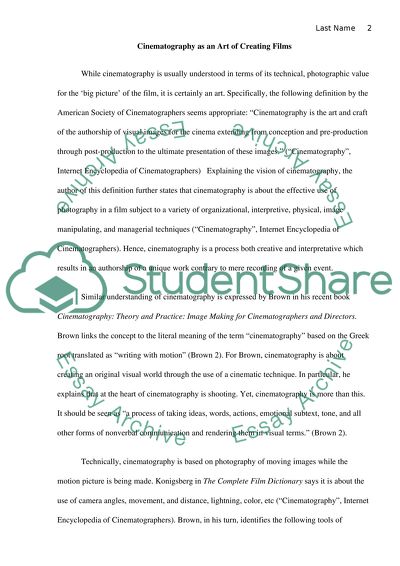Cite this document
(“Cinematography in Alfred Hitchcock's Vertigo Essay”, n.d.)
Cinematography in Alfred Hitchcock's Vertigo Essay. Retrieved from https://studentshare.org/visual-arts-film-studies/1444787-final-film-review
Cinematography in Alfred Hitchcock's Vertigo Essay. Retrieved from https://studentshare.org/visual-arts-film-studies/1444787-final-film-review
(Cinematography in Alfred Hitchcock'S Vertigo Essay)
Cinematography in Alfred Hitchcock'S Vertigo Essay. https://studentshare.org/visual-arts-film-studies/1444787-final-film-review.
Cinematography in Alfred Hitchcock'S Vertigo Essay. https://studentshare.org/visual-arts-film-studies/1444787-final-film-review.
“Cinematography in Alfred Hitchcock'S Vertigo Essay”, n.d. https://studentshare.org/visual-arts-film-studies/1444787-final-film-review.


